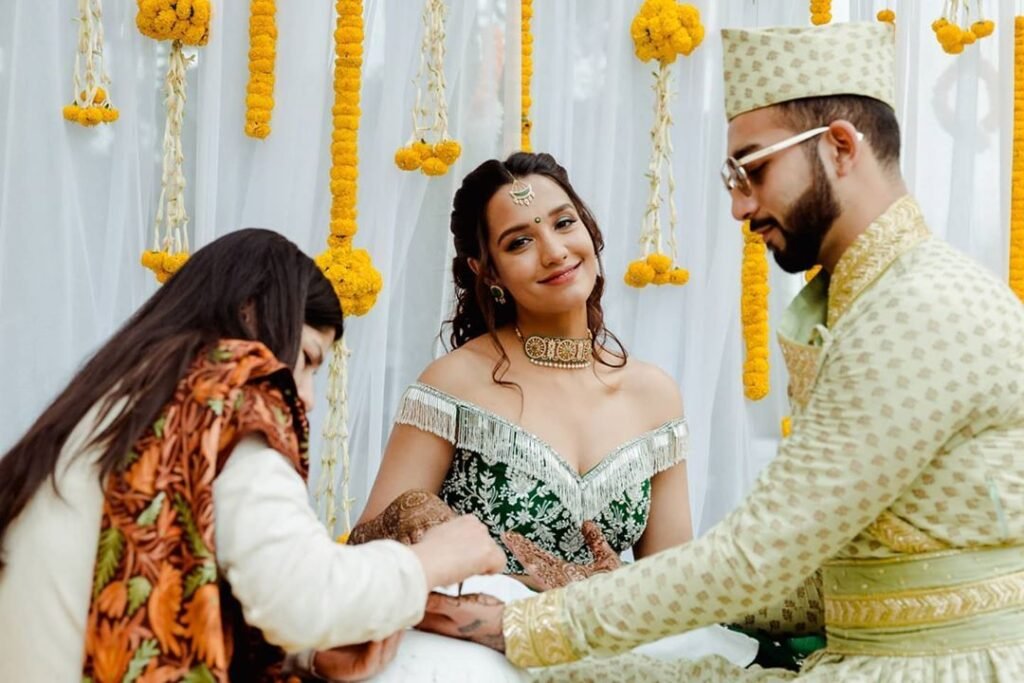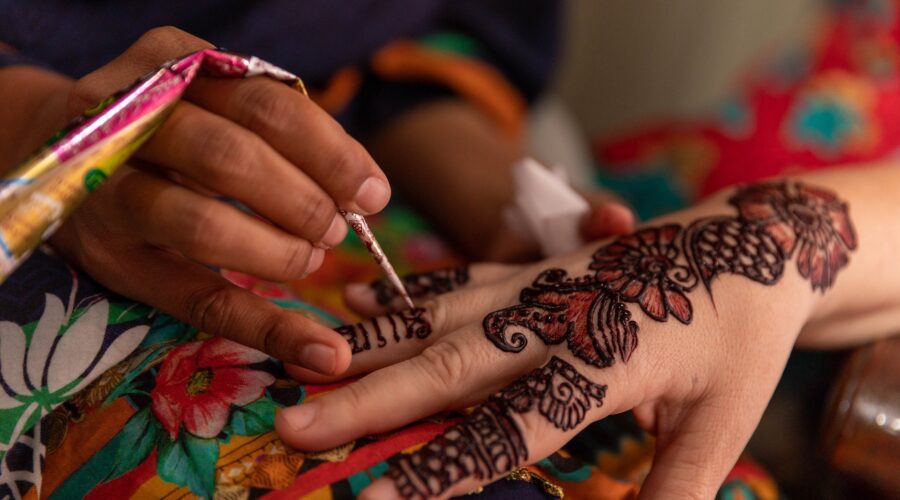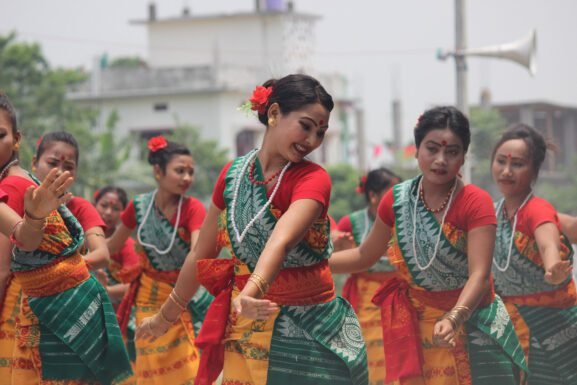Mehendi: A Timeless Tradition of Art and Beauty
The month of Sharwan and the wedding seasons approaches with the earthy smell of Mehendi filled in the air, adorning the palms of Nepali women with stunning floral and mandala Mehendi patterns.
The art of ‘Mehendi’ dates back more than 9000 years to the Middle East, Arabic, and Indian cultures. The Henna plant is grown in places with dry, and hot temperatures and it has natural cooling properties. Back in time, people used to soak their hands and feet in henna-infused water to cool themselves. As a result, their limbs would be stained with the brownish-red color of the henna, and they could feel the cooling effect for days until the color faded away.

People then learned to make patterns and designs on their hands as decoration. It is believed that this is how the idea of creating floral illustrations with henna or mehendi started. The regions around the equator have witnessed their ancestors wear mehendi as a cosmetic for more than 5000 years.
Ancient manuscripts have even described Egyptians decorating themselves with mehendi on their hands and feet. It is said that even Cleopatra herself would make imprints of circular and floral patterns in her hand. The Egyptians were huge believers in staining their hands and feet with mehendi. At the same time, the plant gained popularity in the Northern regions of Africa among the people thanks to this miraculous plant that would help beat the heat.
During the twelfth century BCE, the Mughals came to India, and along with them, brought their culture and practices; including applying mehendi. But age-old images show that Indians have been using mehendi even before the Mughals invaded, as an art to decorate their bodies.

A traditional Hindu and Muslim wedding is never complete without decorating the bride and groom with mehendi art. The tradition is said to have started centuries ago when women who couldn’t afford gold and jewelry for their weddings would use mehendi to draw out shapes of jewelry on their hands and feet instead.
This cosmetic art has traveled through time, fitting in with every era in its own improvised contemporary designs. From India, it spread across South Asian countries and made its appearance in Nepal.
Mehendi designs have become a contemporary form of cosmetics, especially during special occasions like festivals, the entire holy month of Shrawan, and weddings in our country. So much so that an entire day is dedicated to putting on mehendi before a wedding on the bride and other women of the family as well as the groom, sometimes. In modern times, it is also a popular way of experimenting with temporary tattoos.



